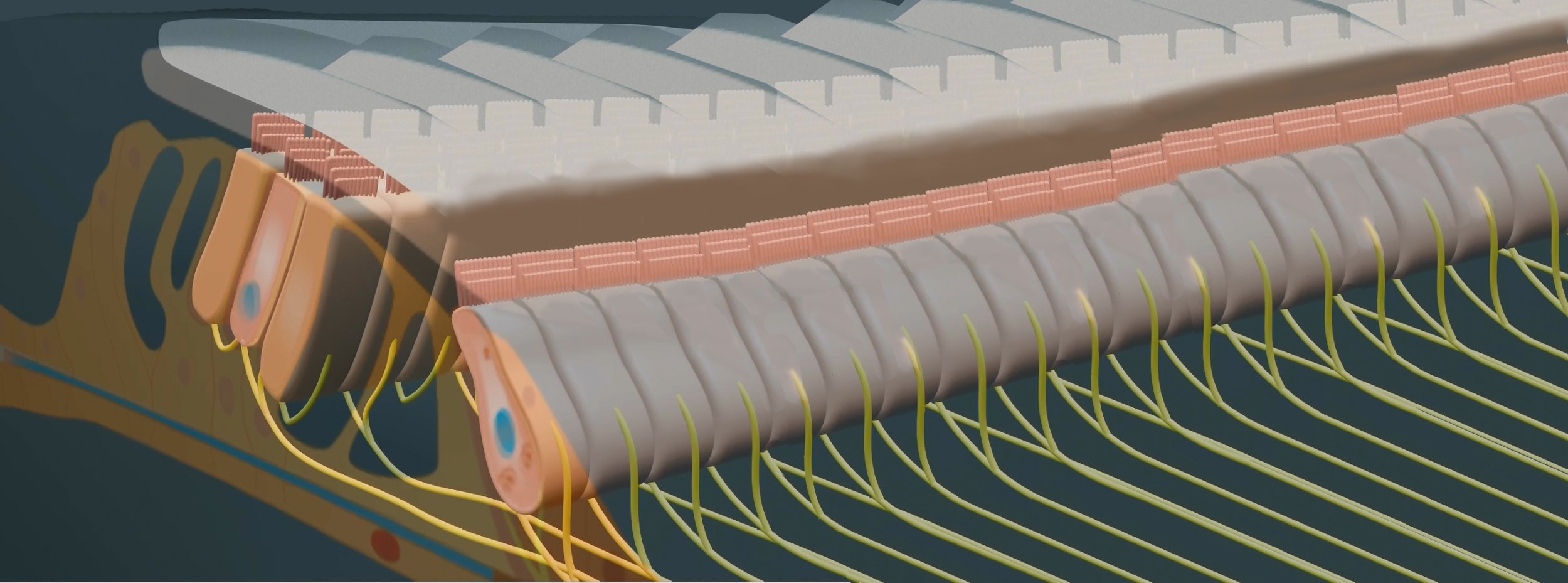Start Your Journey to Lifelong Hearing
Welcome! You’ve made a smart move. This page gives you the essentials to protect what you have, catch problems early (including Hidden Hearing Loss), and take simple actions—today.
Your hearing can feel “normal”… until it isn’t.
Standard hearing tests can miss early nerve damage. The earlier you act—turning sound down, using protection, and supporting nerve health—the more you can preserve. You’re not powerless; small habits compound.
Do a 60‑second self‑check
- Do you struggle to understand speech in noisy places?
- Do concerts leave you with ringing (tinnitus) or muffled hearing?
- Do you turn captions on more than you used to?
If you said “yes” to any, explore Hidden Hearing Loss and book a baseline test.
Hidden Hearing Loss (Cochlear Synaptopathy)
What it is: Subtle damage to the synapses connecting inner hair cells to the hearing nerve. Audiograms can look “normal,” yet listening feels harder—especially in noise.
Early signs: difficulty following conversations in restaurants, needing higher volume, ear fatigue after events, or persistent ringing.
Why it matters: Early awareness helps you change habits now and monitor over time. Treatments for nerve rescue/repair are an active research area; preserving what you have is key.
Your 6‑Step Roadmap
| Step | Action | Why it helps |
|---|---|---|
| 1 | Get a baseline exam (audiogram + speech‑in‑noise if available). | Gives you a starting point and tracks change over time. |
| 2 | Monitor your exposure with a sound level meter app; aim for ≤85 dBA average. | Less dose = less risk of nerve and hair‑cell damage. |
| 3 | Wear protection matched to your life (musicians’ plugs, muffs, in‑ear monitors). | Cuts peak and average levels while keeping sound quality usable. |
| 4 | Support with nutrition & smart supplements. | Some nutrients support nerve/vascular health. See options & caveats. |
| 5 | Learn emergency signs of sudden hearing loss & act fast. | Hours matter—earlier treatment can improve outcomes. Recognize the signs. |
| 6 | Join the EarAware community & keep learning. | Stay motivated with tips, tools, and certified providers. Join Ear Force. |
Sound Level Meter
Download a meter app and learn your typical day’s exposure. Tag hotspots: commute, gym classes, concerts, tools.
Pro tip: distance matters—every few feet can drop levels dramatically.
Turn It Down + Take Breaks
Follow the 60/60 rule for headphones (≤60% volume, ≤60 minutes, then a break). Choose quieter seats at venues.
Right Protection for You
From discreet filtered earplugs to over‑ear muffs—pick what you’ll actually wear. Musicians: consider custom filtered plugs.
Can diet help? What about supplements?
There’s growing interest in nutrients that support auditory and neural health (e.g., omega‑3s, antioxidants, B‑vitamins, magnesium). Evidence varies, and supplements aren’t a cure—but good nutrition rarely hurts and may help overall resilience.
Important: Supplements can interact with medications and pregnancy plans. Review our guide and talk with your clinician.
Sudden Hearing Loss? Don’t Wait.
If you notice sudden one‑sided hearing loss, a “dead ear,” or a new, loud continuous ringing, seek urgent care today. Early treatment can matter.
Join the Ear Force
Rank up by protecting your hearing, inviting friends, and sharing ear‑health wins. Make listening safely a movement.


